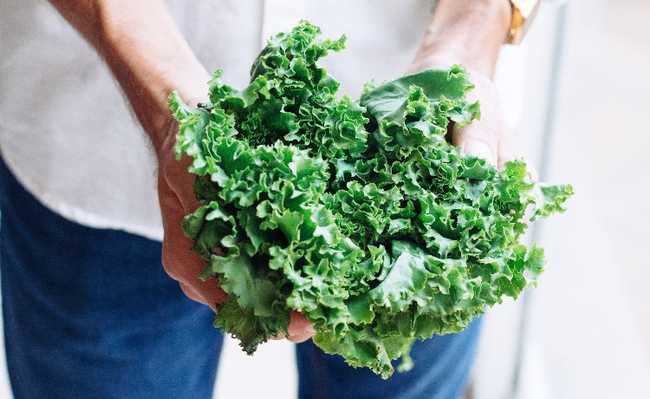2016 is the International Year of Legumes: learn about benefits
When consumed together with cereals, legumes form a complete protein, which is cheaper than animal protein – and therefore more accessible to families with low economic resources.

Image: FAO
The United Nations declared 2016 the International Year of Pulses in recognition of the critical role pulses play in food and nutrition security, adaptation to climate change, human health and soils.
According to the Food and Agriculture Organization of the United Nations (FAO), pulses are important for Latin America and the Caribbean.
“The region is the center of origin for many legumes. They are part of our ancestral culture and are a cornerstone of our current diet,” said Raúl Benítez, FAO regional representative.
Much of the production of pulses in the region is in the hands of family farmers who play an important role in rural development, in addition to the cultivation helping to mitigate climate change by fixing nitrogen in the soil.
According to FAO, stimulating the production and consumption of pulses is key to facing the growing obesity in the region, which affects an average of 22% of adults, and hunger, which affects 34 million men, women and children.
Beans, lentils, china beans (or mung beans), chickpeas and azuki beans are some of the examples of this type of food. The famous Brazilian rice and beans is one of the dishes described by the FAO as examples of nutritious food (read others here).
A complete food
Legumes are essential for healthy eating. Even small, they are full of protein, containing twice as much as corn and three times as much as rice.
“They are a fantastic source of vegetable protein, are low in fat, are cholesterol and gluten free and are rich in minerals and vitamins,” explained Benítez.
When consumed together with cereals, they form a complete protein, which is cheaper than animal protein – and therefore more accessible to families with low economic resources.
“This mixture is the basis of the traditional diet of many places in Latin America and the Caribbean, such as beans and corn, or beans and rice that many of us grew up eating,” said Benítez.
Food for people and soil
Pulses not only contribute to a healthy diet, but are also a source of income for millions of family farmers, responsible for crops in alternation with other crops due to their ability to respond to the nitrogen in the earth, improving the sustainability of production.
Legumes are one of the few plants capable of fixing atmospheric nitrogen and converting it into ammonia, enriching the soils, unlike most other plants that only absorb nitrogen from the soil and do not reincorporate it.
This makes it possible to mitigate climate change as the use of synthetic fertilizers is reduced, the manufacture of which involves intensive energy consumption, which emits greenhouse gases into the atmosphere.
Pulses also play an important role in generating employment in Latin America and the Caribbean, especially in the family farming sector, as they are one of the crops that stand out in this sector.
A genetic treasure for future generations
According to FAO, the great diversity of beans and other legumes in the region represents a genetic treasure for creating new varieties that may be necessary to face climate change.
“However, in many communities these ancestral varieties are being lost because of the global homogenization that privileges only some crops and foods, depriving others”, warned Benítez.
According to the FAO, diets globally are increasingly homogeneous and similar, and global food depends mostly on wheat, corn and soybeans, along with meat and dairy products.
During the International Year of Pulses, countries must make a great effort to reverse this phenomenon, safeguarding the genetics, associated culture and knowledge of indigenous peoples who have improved pulses over hundreds of years in the region.
Allies in the fight against hunger
According to FAO, Latin America and the Caribbean not only has the differential of being the original source of beans and other legumes, but also stands out for being the one that has made the most progress in the fight against hunger.
Legumes can be key allies for the region to achieve the ambitious goal of ending hunger in 2025, the date assumed by the main regional agreement on this topic, the Plan for Food Security, Nutrition and Hunger Eradication of the Community of Latin American States and the Caribbean (CELAC).
“During this year we must celebrate the benefits of legumes, claim their role in food and nutrition and their relevance in rural development and in mitigating climate change,” concluded Benítez.
Access the International Year of Pulses website: www.fao.org/pulses-2016/es
Source: ONUBr










